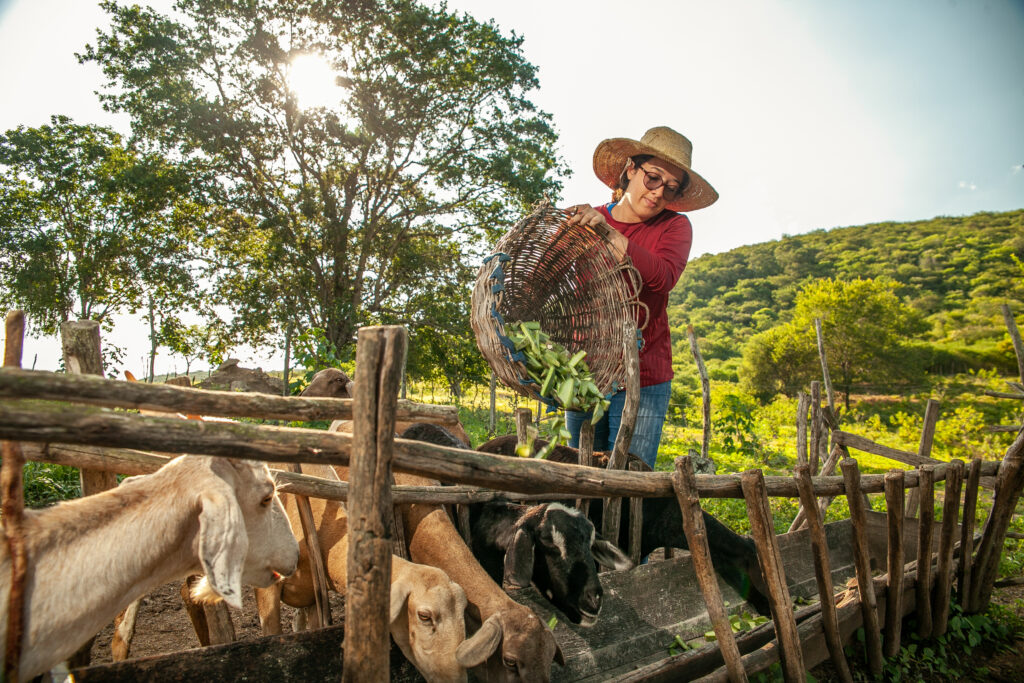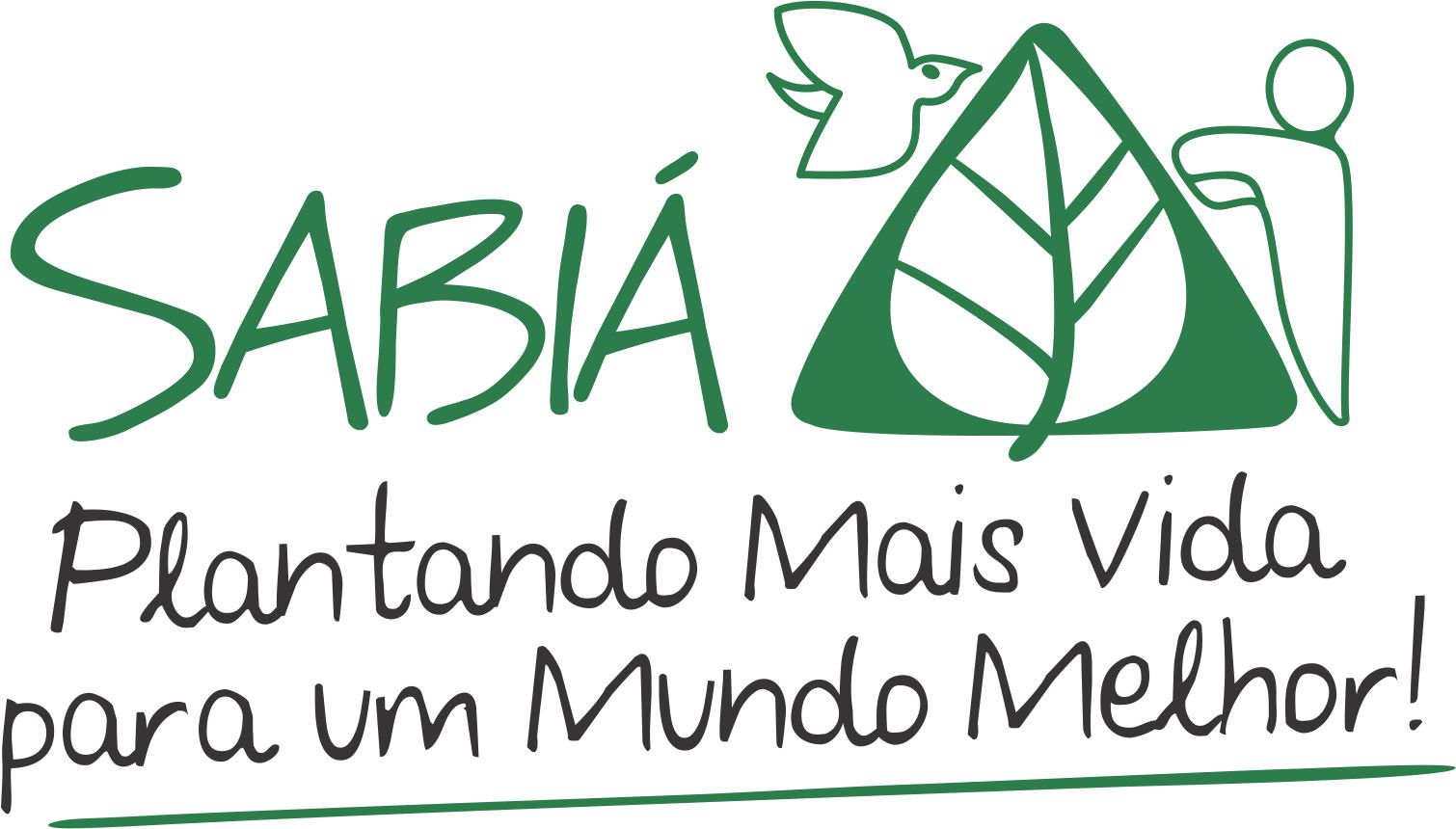Caatinga Viva: Youth in the fight to preserve the biome
By Felícia Panta, a young agroecology multiplier with a bachelor’s degree in Biological Sciences and an entrepreneurial farmer, and Jeferson Moura, a young man from the countryside with a bachelor’s degree in Biological Sciences and a master’s degree in Ethnobiology and Nature Conservation.

The Caatinga is the most densely populated semi-arid region in the world, with approximately 28 million people, and is an exclusively Brazilian biome. The region represents an important source of resources for the subsistence of the resident population, both animal and vegetable.
Despite all its importance, the clearing of native forest, the intensive use of land for agriculture and livestock and the most recent threat, the installation of so-called renewable energies – wind and solar – have contributed to the process of desertification of the Caatinga and negatively impacted the human and animal populations that live there. In addition, degraded areas are likely to increase, given the climate change context we are facing.
However, young people have played a crucial role in preserving the caatinga through agroecological practices and living in the semi-arid region. Despite the obstacles, young people have been guiding and building agroecology in the territories in various ways, through networks or community practices.
Many young people take part in education and training programs in sustainable agroecological practices, offered by institutions, NGOs and government projects. They learn cultivation techniques, soil conservation and water management, preparing themselves to implement sustainable agricultural practices. In addition, they lead reforestation initiatives, planting native species in agroforestry systems, recovering riparian forests, which increases biodiversity and ecosystem resilience, strengthens social cohesion and promotes environmental preservation.
In sustainable entrepreneurship, they create family farming and fair trade businesses, generating income and promoting conscious consumption, while defending public policies favorable to agroecology and participating in forums and social movements to influence environmental and agricultural policies. They are also involved in research and innovation projects at universities and research institutions, investigating new agroecological techniques adapted to the Caatinga.
With this, we can say that youth does not represent the future, but the present. Young people are actively involved, combining traditional knowledge and innovation to tackle environmental challenges and promote sustainability. And it is this commitment that guarantees the preservation of the caatinga for future generations.
Nothing found.




